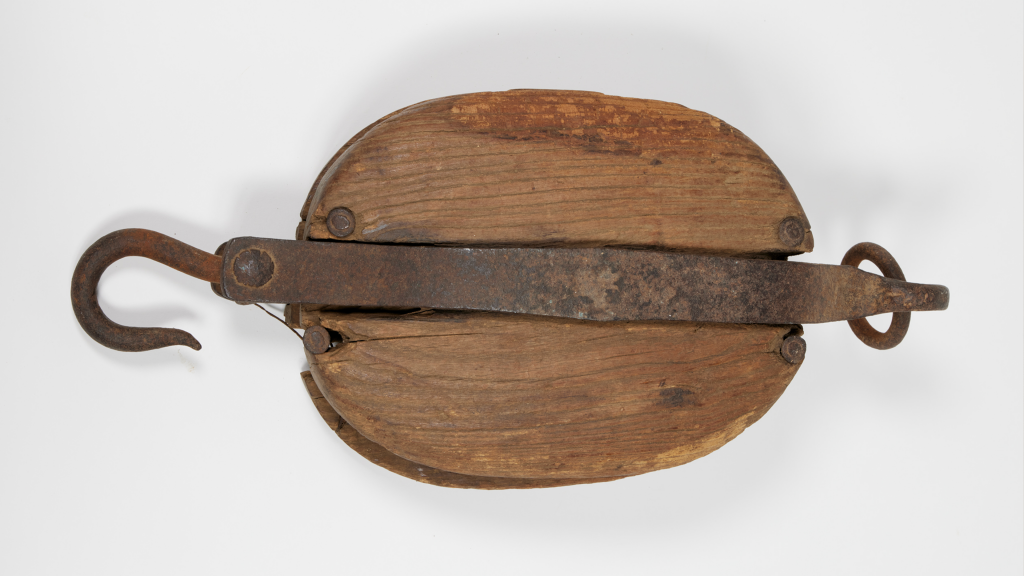
Two kilometres south of the town of Berry, on Broughton Creek in Dharawal Country, is a peaceful boat ramp. Today, when standing at this serene spot, it is hard to imagine the scene over one hundred years ago when the busy Berry Wharf was operated from here, by the Scottish-born settler David Berry (1795-1889). The […]
Read More…
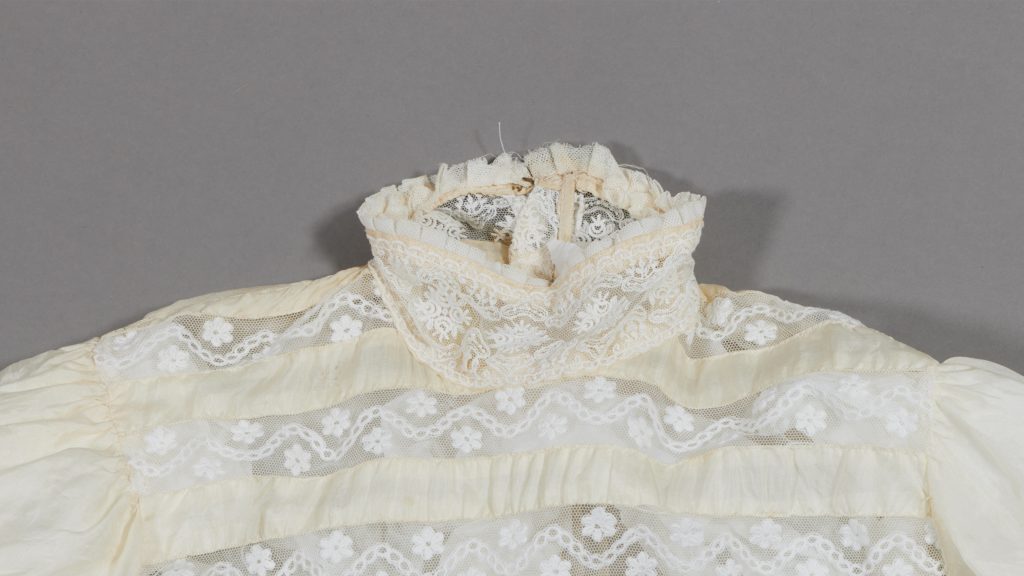
Machine sewn and finished by hand, this silk blouse was expertly made. But its maker will forever remain anonymous, since it was made in a time of slow stitching and slow fashion, when clothes were made with great care and usually had no labels identifying makers. Nor were any records kept about who wore the […]
Read More…
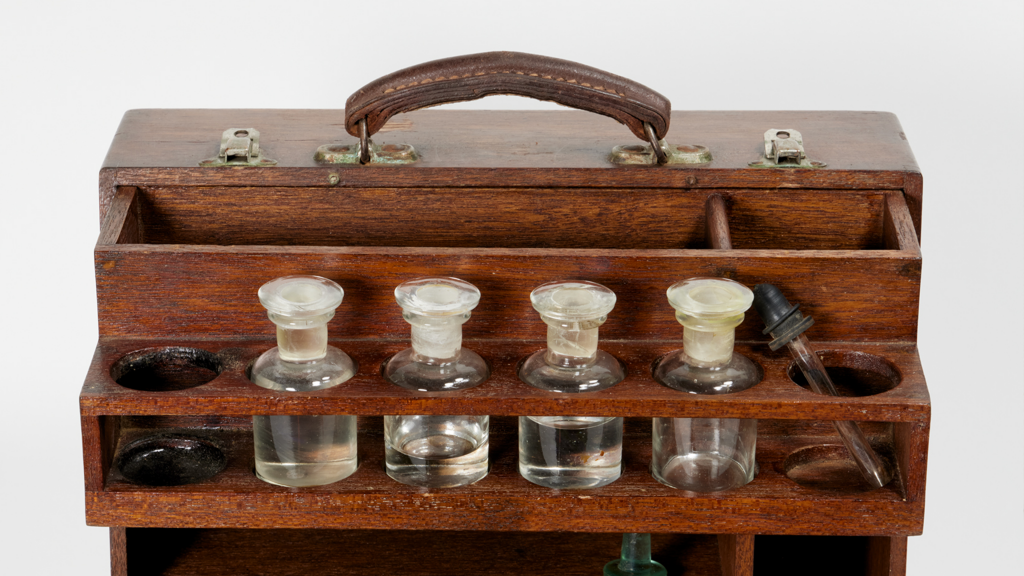
From the 1920s, this medicine chest was kept and used by the Gall family on their dairy farm near Berry. It remained in the family until the property sold, around 2007. It is a simple but captivating artefact that offers an insight into basic medical care on a family-run farm in twentieth century Australia. In […]
Read More…
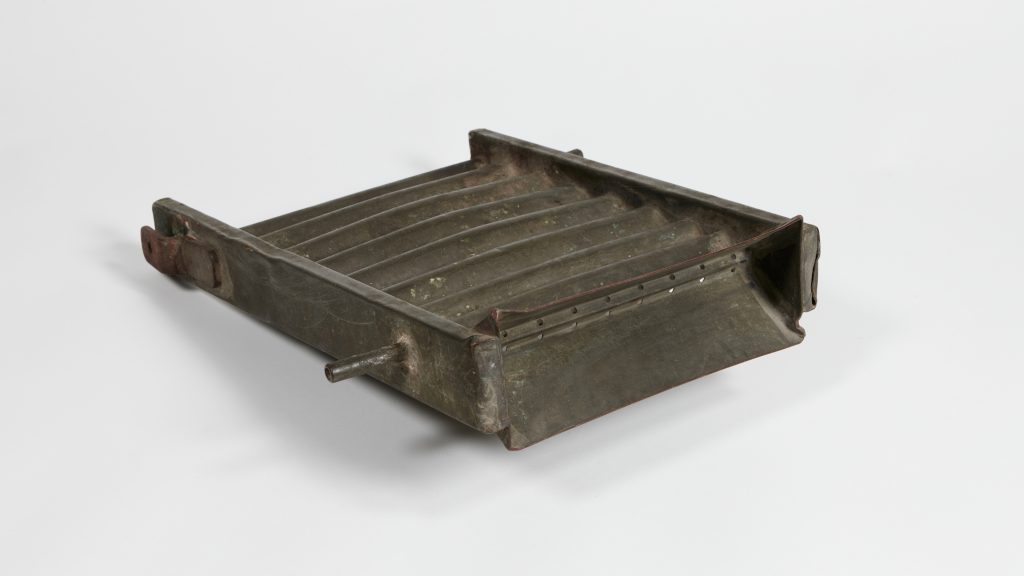
Dairyman Leslie Crawford knew that the cooler he could make the cream after separating the milk, the finer the butter would be. Fortunately, he had this useful device to help. Cool water entered via the pipe on one side, flowed through the interior, and out through the pipe on the other side, cooling the metal […]
Read More…
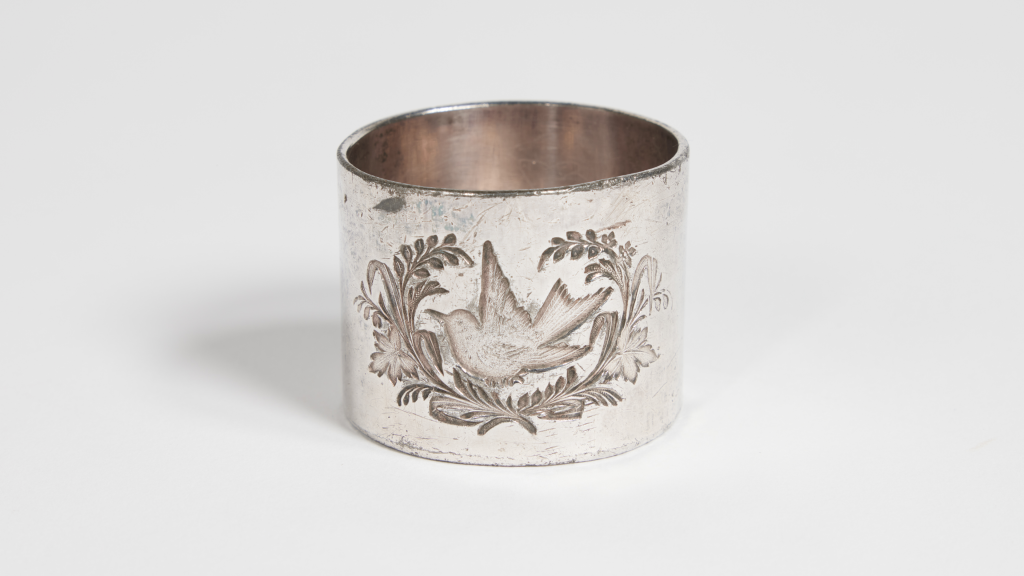
These napkin rings belonged to the Wilson family of Berry. James C Wilson (1834-1901) emigrated to Australia in 1857 and found work on the Berry Estate, before co-founding Wilson and Co. Store, establishing other business interests that included coal mining, and becoming Berry’s first Mayor. Around 1880, with wife Robina nee Tait (1849-1918), the Wilsons […]
Read More…
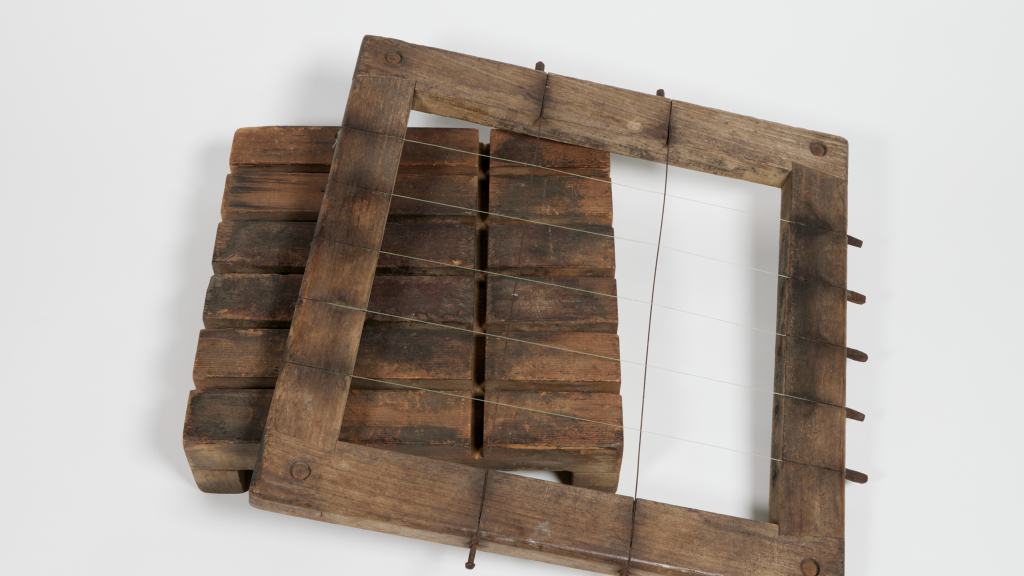
The first butter factory in Australia was established at Kiama, on the NSW South Coast, in the early 1880s. Until then the trade of dairy products occurred directly between the farmer and buyer. Butter was made in small quantities using centuries-old techniques to separate the cream from cow’s milk and churn it into butter. It […]
Read More…
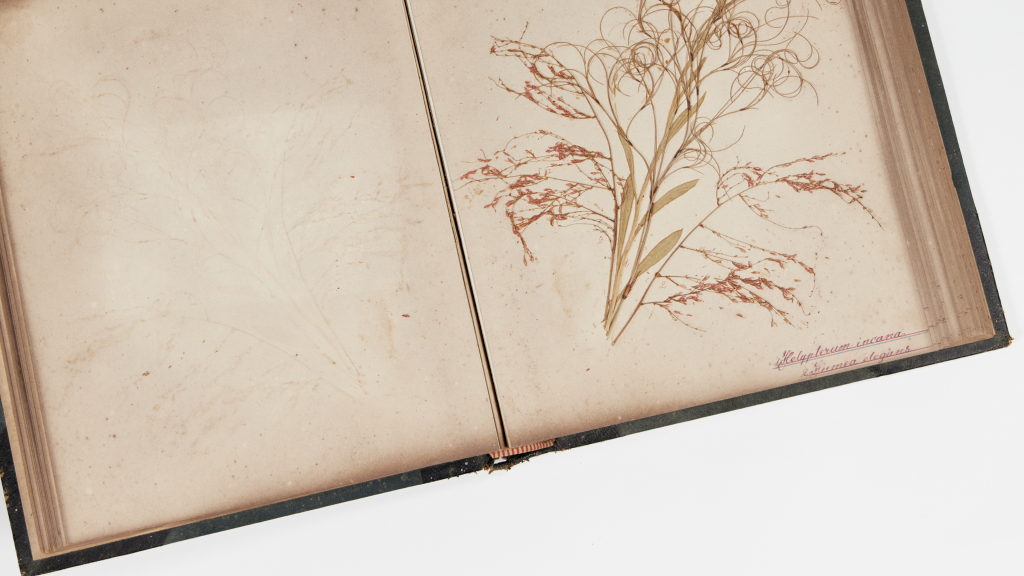
In 1886 John Stewart of the farm Mananga, Broughton Creek, carefully arranged and pressed buttercups, lilacs, daisies, grasses and ferns in these bound books to create a herbarium. Then he dipped his pen in an inkwell and inscribed his name inside the front covers and recorded the botanical names of the specimens on each page. […]
Read More…
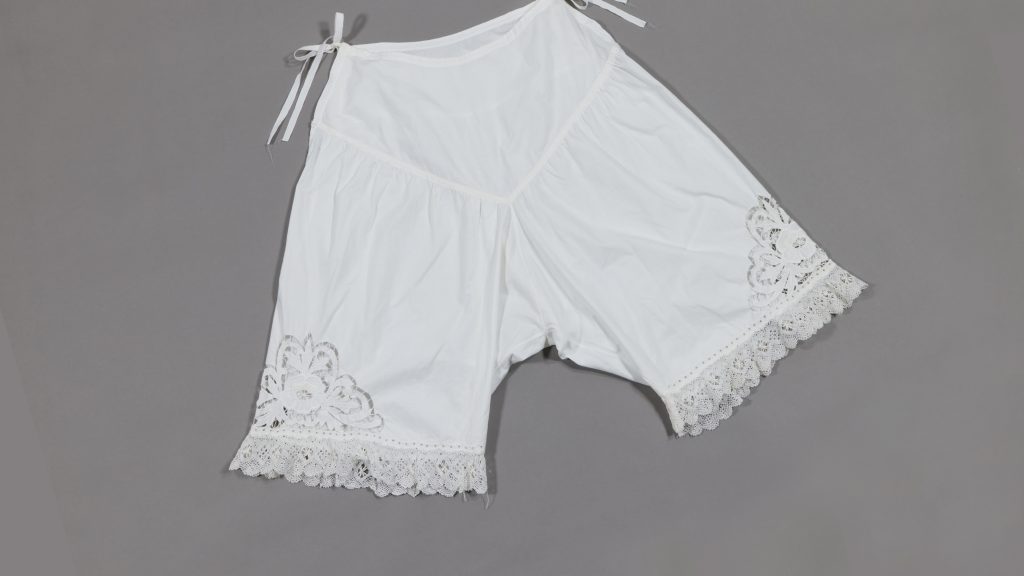
When packing to travel to the other side of the world, what does an Edwardian woman put in her trunk? Knickers, of course. This machine-made pair, with their fancy cutwork embroidery and handmade torchon lace seem to have a very full front. Were they made to be worn by a pregnant woman? Was that why […]
Read More…
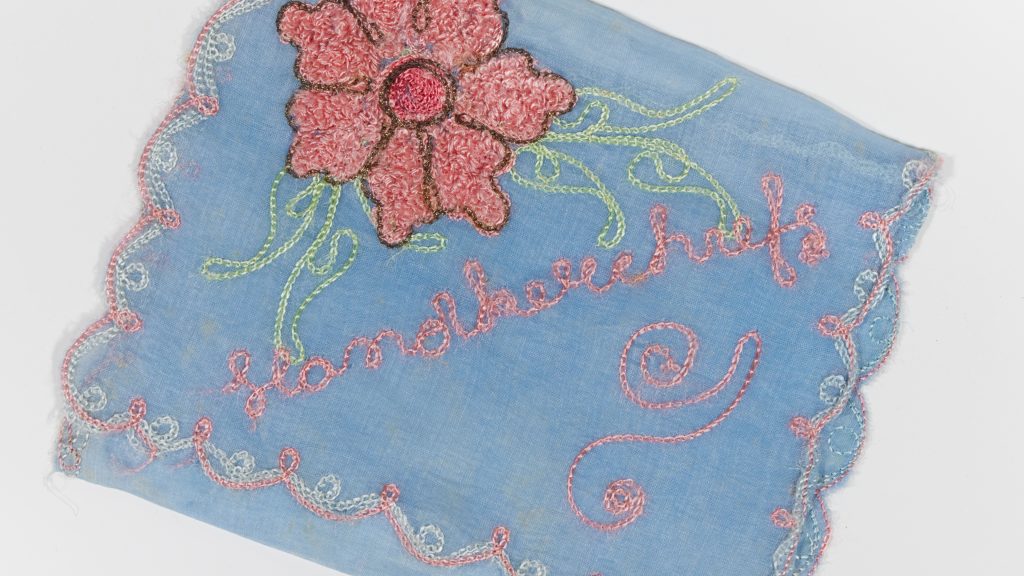
In the 1930s Gwen Wiley of Berry patiently cut out the silk fabric, sewed the seams and chain-stitched and embroidered these handkerchief sachets. And it may not have been an accident that she made them in blue. Gwendoline ‘Gwen’ Wiley (1914-1991) was the third daughter of John and Pearl Wiley. She gained her intermediate certificate […]
Read More…
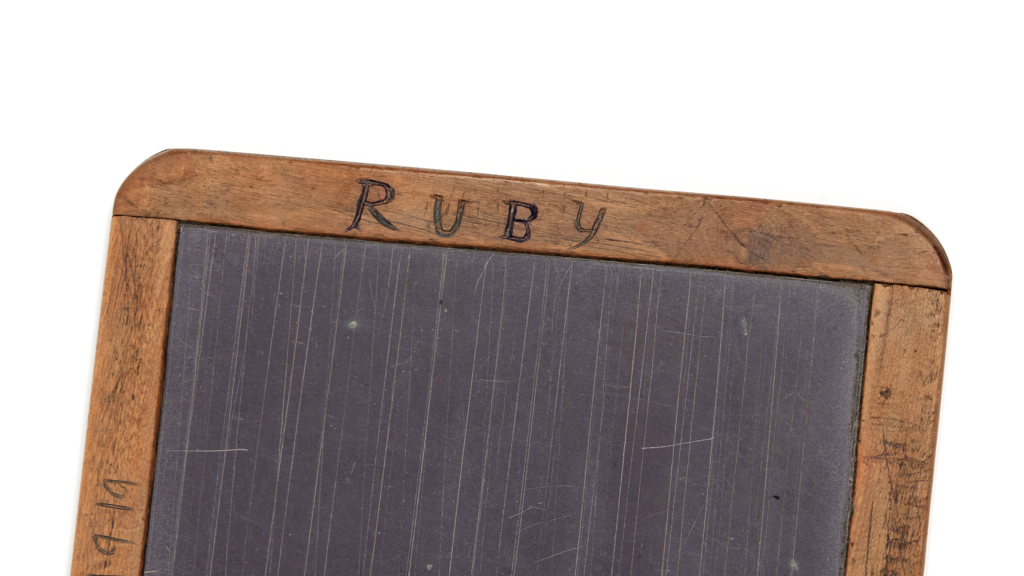
Imagine the scratchy, squeaky sound this slate pencil made against this slate when five-year-old Alice Conway began practicing her writing on it in 1894 in Berry. Amplify that sound, according to the number of children in her school, all writing at different paces and rhythms, and we hear the uncomfortable noise of a typical nineteenth […]
Read More…











